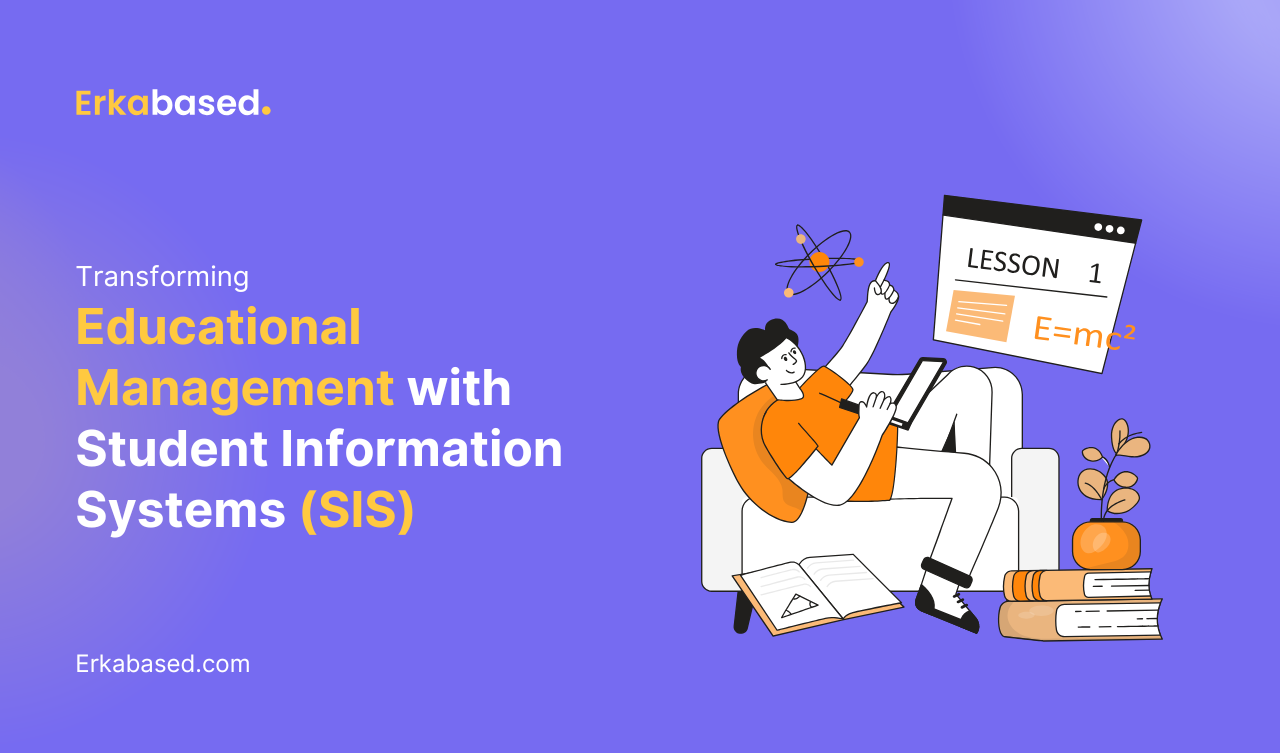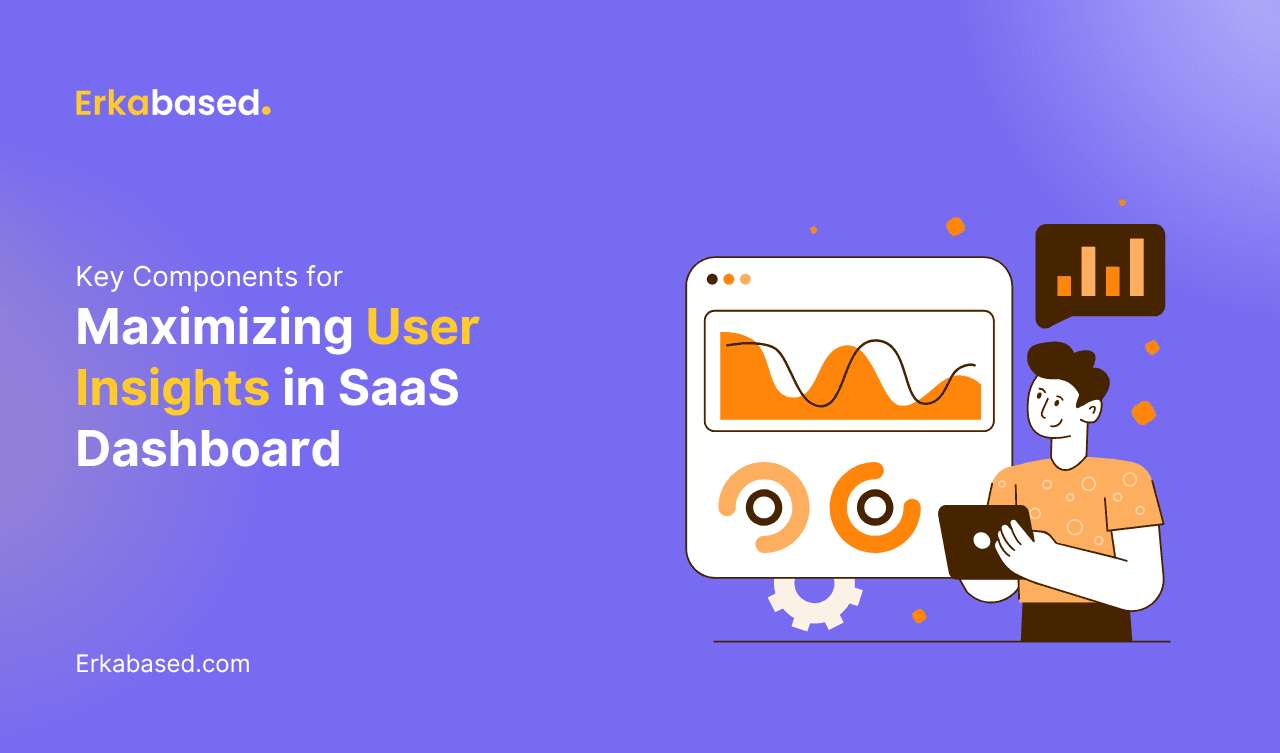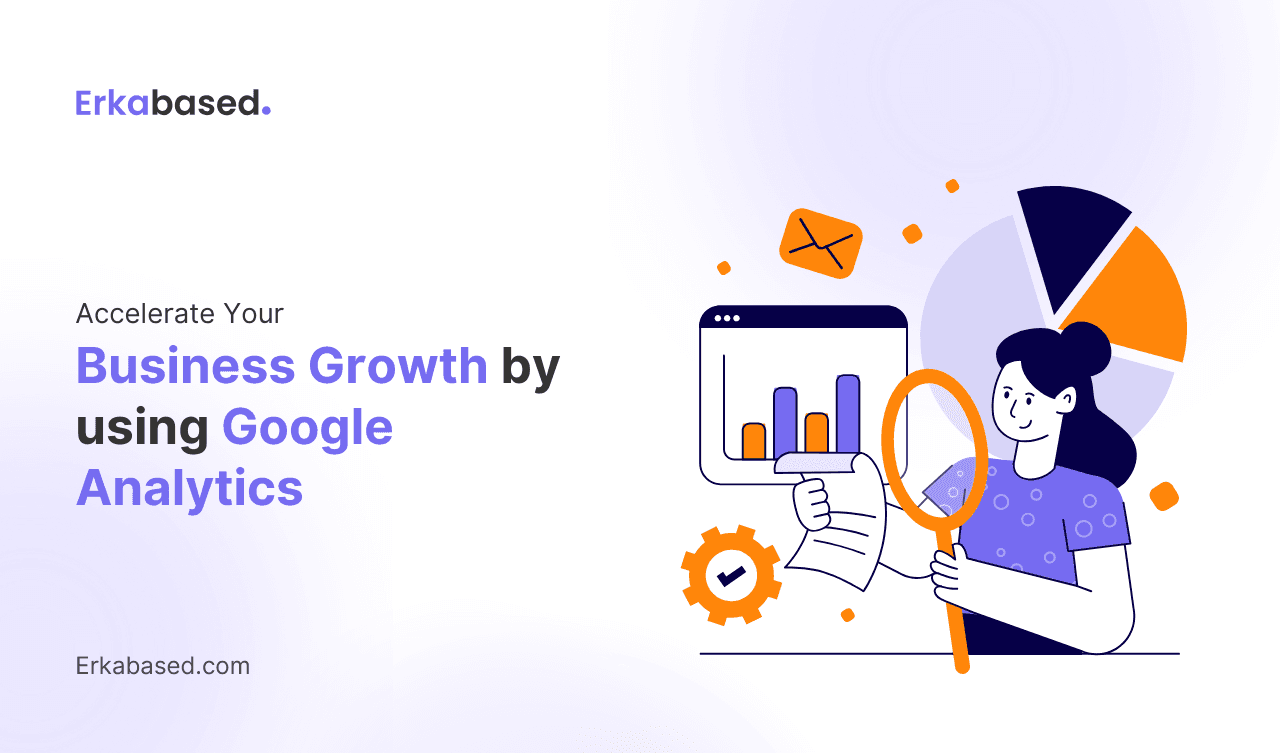Introduction
Educational institutions, from schools to universities, are constantly evolving. To meet the growing administrative challenges, maintain academic performance tracking, and ensure student success, many institutions are adopting Student Information Systems (SIS). These platforms have become integral for managing various aspects of student data, simplifying communication, improving operational efficiency, and driving educational outcomes.
This article will explore the critical components of an SIS, its key benefits, how it integrates into an institution’s daily operations, and how to implement a system that meets your institution's needs.
The Core of a Student Information System (SIS)
A Student Information System is a digital platform designed to manage and streamline an institution's daily administrative tasks and student data. It serves as a central hub where educators, administrators, students, and parents can access critical information regarding student performance, attendance, records, financials, and communication.
Student Enrollment and Registration
At the beginning of each academic year or term, schools are tasked with managing student registration and enrollment. Handling this manually can be prone to errors and inefficiencies. An SIS automates this process, allowing new and returning students to register online with minimal administrative oversight.
Administrators can track the entire enrollment process, from course selection to fee payment, while ensuring that every student's information is accurate and up to date.
Attendance Monitoring and Management
A key feature of an SIS is real-time attendance tracking. Whether students are attending classes in person or virtually, the system records their attendance with precision. Not only does this reduce the administrative burden of manually marking attendance, but it also provides detailed reports on student participation.
Schools can analyze attendance data to identify patterns such as chronic absenteeism, which might require intervention. Automated alerts can also be sent to parents or guardians in the case of extended absences.
Academic Record Keeping and Performance Tracking
An SIS offers a secure way to store, manage, and analyze student academic records. Teachers can easily input grades and track student progress over time, allowing for a transparent and comprehensive view of academic performance. This allows teachers to quickly identify students who may need additional support, ensuring that no one falls through the cracks.
Furthermore, students and parents can access these records through the SIS portal, allowing for real-time updates and feedback on academic performance.
Timetabling and Scheduling
Creating timetables and schedules for an entire institution is a complex task, involving coordination between student availability, teacher workloads, and room allocations. An SIS streamlines the process by automating scheduling, reducing the risk of conflicts and ensuring that classes, exams, and institutional events are scheduled efficiently.
With a dynamic timetable, students and faculty members can receive real-time updates on any changes, such as room reallocations or cancellations.
Fee and Financial Management
Managing student fees, scholarships, and other financial records is another critical aspect of educational administration. An SIS often integrates financial management tools that allow institutions to automate billing, process payments, and track outstanding balances. This feature ensures that schools can manage finances efficiently, reducing errors and manual data entry.
Parents and guardians can also use the system to view outstanding balances and make payments online, making financial management more accessible.
Benefits of Implementing a Student Information System
Investing in an SIS provides a wide range of benefits for educational institutions, their staff, students, and parents. Here are some of the most compelling reasons to adopt an SIS:
Increased Operational Efficiency
Automation of administrative tasks like attendance tracking, enrollment, and grading dramatically reduces the time and effort required by school staff. This leads to faster turnaround times for critical processes and reduces the likelihood of errors that can occur with manual data entry.
By freeing up administrative resources, institutions can focus more on improving student engagement and providing quality education rather than managing paperwork.
Improved Student Performance Tracking
SIS platforms provide comprehensive tools for tracking student progress over time. Detailed reporting features allow teachers to monitor academic performance, attendance, and participation levels, enabling early identification of students who may need additional support.
This data-driven approach ensures that teachers and administrators can intervene when necessary, offering targeted assistance to students who are struggling, which ultimately improves academic outcomes.
Enhanced Communication and Engagement
Effective communication between educators, students, and parents is critical for student success. With an SIS, teachers can communicate more easily with parents and students about performance, attendance, or upcoming events. Automated notifications ensure that key information is shared promptly and consistently.
Student and parent portals within the system also increase engagement by providing real-time access to academic records, assignments, schedules, and more.
Data Accuracy and Security
Educational institutions handle vast amounts of sensitive data, from personal student information to academic records and financial details. An SIS ensures that this data is stored securely, with strict access controls in place to prevent unauthorized access. Additionally, automated backups and robust data recovery protocols ensure that institutions are protected against data loss.
Data accuracy is also improved through the elimination of manual entry errors, with all information centralized in one system. This not only makes data management easier but also ensures compliance with privacy regulations like FERPA or GDPR.
Scalability and Flexibility
As an institution grows, so does its data management needs. A well-implemented SIS is scalable, meaning it can accommodate more students, staff, and complex administrative requirements without a significant increase in costs or resources. Institutions can also add new features, modules, or functionalities to their existing SIS as their needs evolve.
Scalability is especially important for schools or universities that are expanding their programs, campuses, or student populations. The ability to adapt the SIS to meet changing needs without significant disruption is critical for long-term success.
Key Considerations for SIS Implementation
While the benefits of an SIS are clear, successfully implementing a system requires careful planning and execution. Here are some key considerations for institutions looking to integrate a new SIS:
Assess Your Institution's Specific Needs
No two educational institutions are exactly alike, so it's important to evaluate the specific needs of your school or university. Consider which features are most critical to your operations. Are you looking for better communication tools? Do you need enhanced data analytics? Identifying these needs upfront will guide your choice of SIS and ensure you select a platform that aligns with your goals.
Choose a Vendor with a Proven Track Record
There are many SIS solutions on the market, but not all are created equal. Look for vendors with a proven track record of successful implementations in the education sector. Check for client testimonials, ask for references, and ensure the vendor understands the unique challenges of managing educational data.
Training and Support
Even the most intuitive SIS will require training for administrative staff, teachers, and faculty. Ensuring proper training is essential for maximizing the benefits of the system and ensuring that all stakeholders are comfortable using the platform. Work with your vendor to provide ongoing training sessions and support as needed, particularly during the initial transition period.
Integration with Existing Systems
If your institution already uses other software tools for managing specific functions like payroll, learning management, or cafeteria services, it’s important to choose an SIS that integrates seamlessly with these systems. This minimizes the disruption caused by transitioning to a new platform and ensures smooth data flow between systems.
Ongoing Maintenance and Updates
Educational technology is continuously evolving, so it’s important to choose an SIS that offers regular updates and improvements. Work closely with your vendor to ensure that your system stays up-to-date with the latest features, security protocols, and technological advancements.
The Long-Term Impact of a Student Information System
The adoption of an SIS is not just about short-term operational efficiency; it's about creating a foundation for long-term success. Here's how a well-implemented SIS contributes to the sustainability and growth of educational institutions:
Supporting Data-Driven Decisions
With the ability to track student performance, attendance, and engagement through detailed analytics, administrators are better equipped to make data-driven decisions. Whether it's adjusting academic programs, improving resource allocation, or identifying students at risk, having access to accurate, real-time data enables more effective and informed decision-making.
Future-Proofing Your Institution
Technology in education is evolving rapidly. Institutions that invest in robust SIS platforms today are better positioned to adopt future technologies and processes. For example, integrating AI-driven tools or advanced analytics becomes easier when you have a centralized data management platform in place.
Enhancing the Student Experience
From faster registration processes to personalized academic support, an SIS plays a key role in enhancing the student experience. A system that simplifies everyday tasks for both students and staff improves satisfaction across the board, making the institution more attractive to prospective students and their families.
Conclusion
In today’s fast-paced educational landscape, Student Information Systems (SIS) have become indispensable tools for modernizing administration and enhancing educational outcomes. By automating key processes, improving data accuracy, and fostering better communication, an SIS creates a more efficient and supportive learning environment for both students and staff.
At Erkabased, we specialize in helping educational institutions implement tailored SIS solutions that align with their unique needs. Our systems are designed to optimize operational efficiency while enhancing the student experience. Contact us today to learn how we can help your institution thrive in the digital age.



